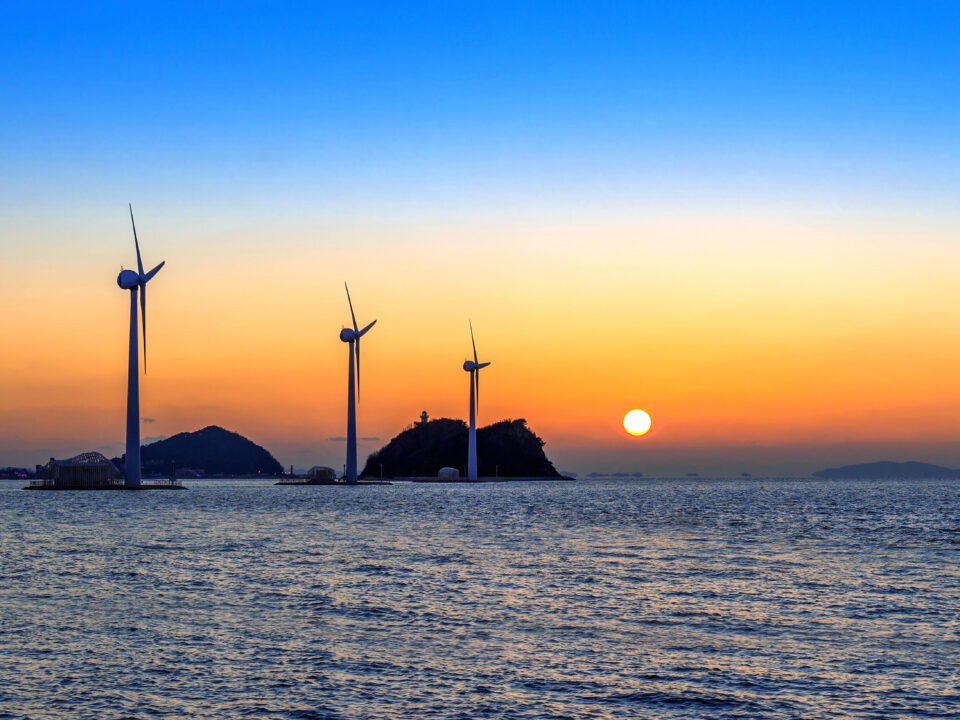The search for clean, sustainable, and unlimited energy sources has intensified over the last century. With climate change looming and fossil fuels dwindling, the concept of “inexhaustible energy” captures the imagination of scientists, policy-makers, and dreamers alike. But what exactly is inexhaustible energy? Is it a scientifically viable solution—or merely a myth wrapped in hope?
In this post, we’ll explore the meaning of inexhaustible energy, its most promising sources, and the challenges standing between us and a truly sustainable energy future.
What Is Inexhaustible Energy?
Inexhaustible energy refers to energy sources that are naturally replenished on a human timescale and are not depleted when used. Unlike fossil fuels, which take millions of years to form and are consumed faster than they are created, inexhaustible energy sources are essentially limitless from a human perspective.
Examples include:
- Solar energy
- Wind energy
- Hydropower (in certain contexts)
- Geothermal energy
- Tidal and wave energy
These sources are considered inexhaustible not because they are eternal in an absolute sense, but because their replenishment rates far exceed current human consumption levels.
The Case for Inexhaustible Energy
1. Environmental Sustainability
Inexhaustible energy produces little to no greenhouse gas emissions. Solar panels and wind turbines generate electricity without burning carbon-based fuels. This dramatically reduces the carbon footprint, making these sources central to climate change mitigation strategies.
2. Long-Term Cost Benefits
While the initial setup costs for solar arrays or wind farms can be high, the long-term operational costs are low. There’s no need to purchase fuel, and maintenance is often minimal compared to conventional energy plants. Once installed, these systems can produce energy for decades, making them highly cost-effective over time.
3. Energy Security
Because inexhaustible energy can be harnessed locally, it reduces dependency on foreign energy imports. Nations can leverage their own natural resources—sunlight, wind, rivers, or geothermal heat—to power homes, businesses, and industries.
Key Sources of Inexhaustible Energy
Solar Energy
Arguably the most abundant source of inexhaustible energy, the sun delivers more energy to Earth in an hour than humanity consumes in a year. Photovoltaic (PV) cells and solar thermal systems capture this energy for electricity and heating.
Challenges:
- Intermittency (the sun doesn’t shine at night)
- Need for large-scale energy storage or grid management
- Land use in large installations
Wind Energy
Harnessing the kinetic energy of moving air, wind turbines convert breezes into electricity. Offshore and onshore wind farms are expanding rapidly, especially in Europe, China, and the U.S.
Challenges:
- Variability in wind speeds
- Visual and noise concerns in residential areas
- Potential impacts on wildlife, such as birds and bats
Geothermal Energy
This source taps into Earth’s internal heat, often from magma or hot water reservoirs. It’s especially viable in geologically active areas like Iceland, parts of the U.S., and the Philippines.
Challenges:
- Geographic limitations (not viable everywhere)
- High upfront drilling costs
- Potential for induced seismic activity in some cases
Tidal and Wave Energy
The gravitational interaction between the Earth, moon, and sun creates predictable tides. Technologies are emerging to capture energy from both tidal movement and ocean waves.
Challenges:
- Still in early stages of commercialization
- High costs and harsh marine environments can reduce durability
- Environmental concerns around marine ecosystems
The Storage Challenge
One of the biggest hurdles for inexhaustible energy sources is intermittency. The sun doesn’t always shine, and the wind doesn’t always blow. To ensure reliability, we need advanced energy storage systems like:
- Lithium-ion batteries
- Pumped hydroelectric storage
- Flow batteries
- Hydrogen fuel cells
Battery technology is improving rapidly, but large-scale, efficient, and affordable storage remains a bottleneck.
Is Inexhaustible Energy Really the Ultimate Solution?
In a word: potentially.
The technology exists. The resources are available. The benefits—environmental, economic, and social—are undeniable. But widespread adoption hinges on overcoming several hurdles:
- Grid Infrastructure: Most electrical grids were built for centralized fossil fuel plants, not decentralized renewable sources. Upgrading grids to handle distributed, variable inputs is costly and complex.
- Energy Equity: While solar and wind are theoretically available worldwide, access to the technology and capital investment varies drastically between nations and communities.
- Political Will: Shifting subsidies from fossil fuels to renewables, investing in research, and regulating emissions require bold political leadership.
The Myth vs. Reality Debate
Skeptics argue that the concept of truly inexhaustible energy is oversold. They point out the following:
- Material Limits: The production of solar panels, wind turbines, and batteries depends on finite resources like rare earth metals, lithium, and copper. While the energy may be inexhaustible, the means to harness it are not.
- Lifecycle Emissions: While cleaner than fossil fuels, renewable technologies still produce emissions during manufacturing, transport, and installation.
- Economic Disruption: Entire industries and millions of jobs rely on fossil fuels. A rapid transition to inexhaustible energy could cause economic upheaval without proper planning.
But these challenges do not negate the immense potential of inexhaustible energy. Instead, they highlight the need for thoughtful, systemic solutions that address technical, environmental, and social dimensions.
A Vision for the Future
Imagine a world where every home has rooftop solar panels, neighborhoods share battery banks, vehicles run on clean electricity, and grids are smart enough to balance supply and demand in real time. Factories powered by geothermal plants. Cities lit by offshore wind farms. Remote villages energized by sunlight and stored in saltwater batteries.
This is not science fiction—it’s a trajectory already underway. Countries like Denmark, Iceland, and Costa Rica have shown that near-100% renewable energy grids are possible. Global investment in renewable energy has outpaced fossil fuel development every year since 2016.
Final Thoughts
Inexhaustible energy is not a myth. It is a scientifically sound, technologically feasible, and economically strategic path forward. However, calling it the “ultimate solution” glosses over the complexity of transitioning from an energy system deeply embedded in carbon-based infrastructure.
Still, with continued innovation, investment, and cooperation, inexhaustible energy could very well become the foundation of a cleaner, more equitable future.



